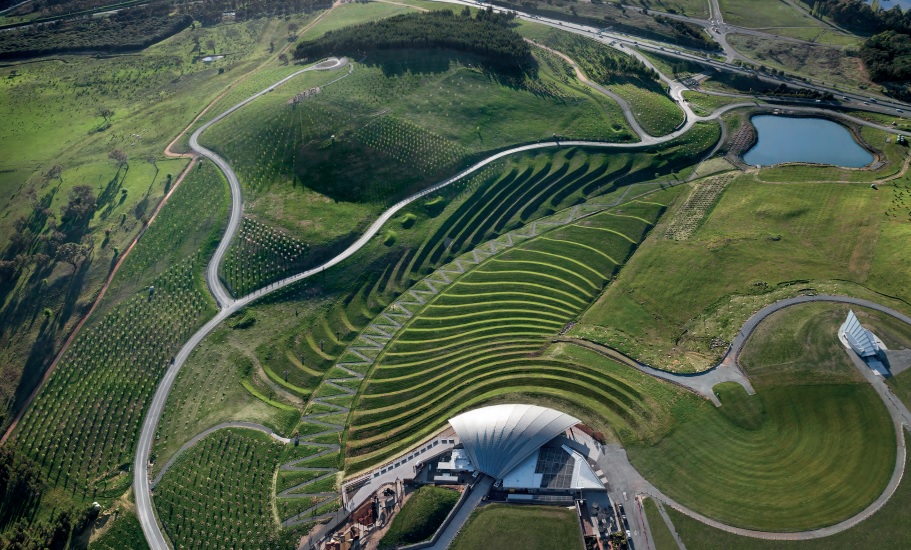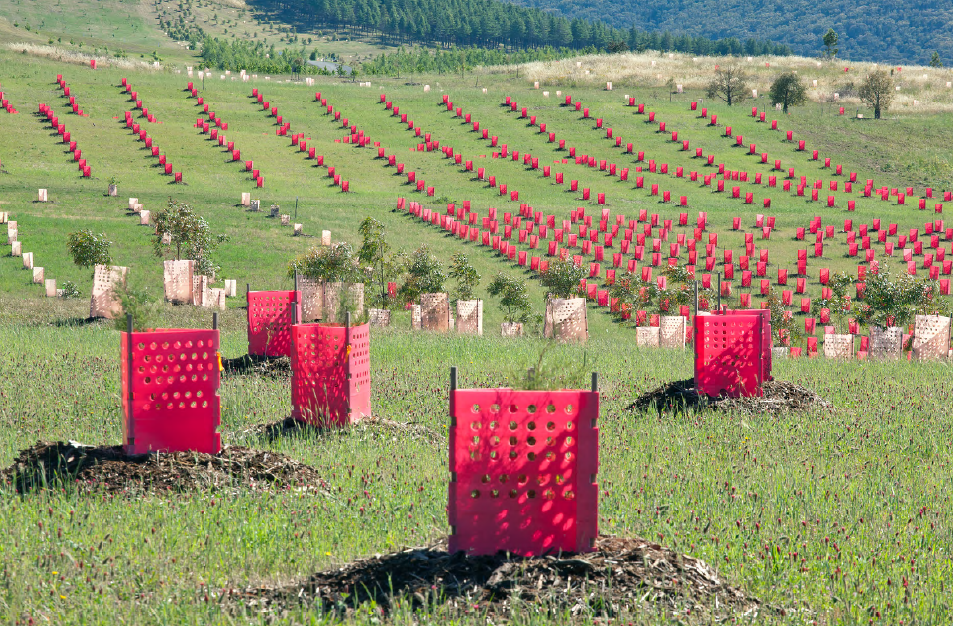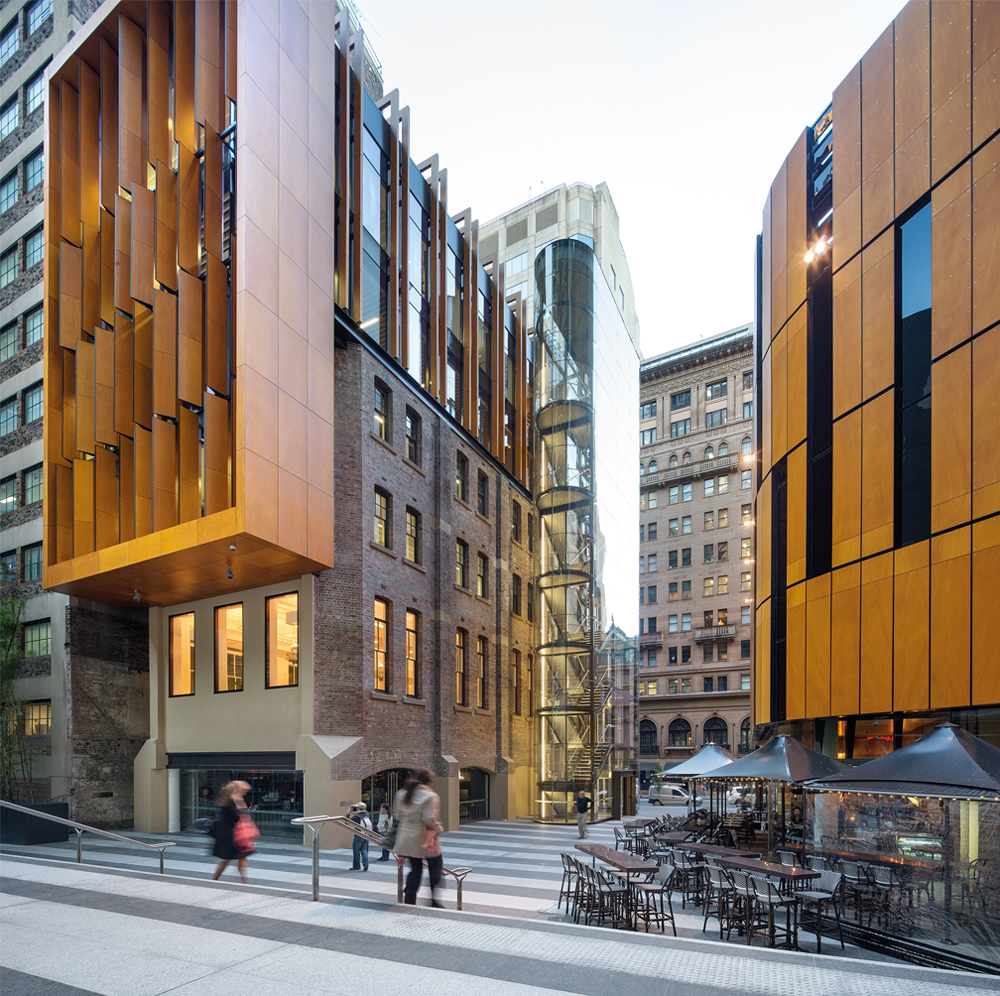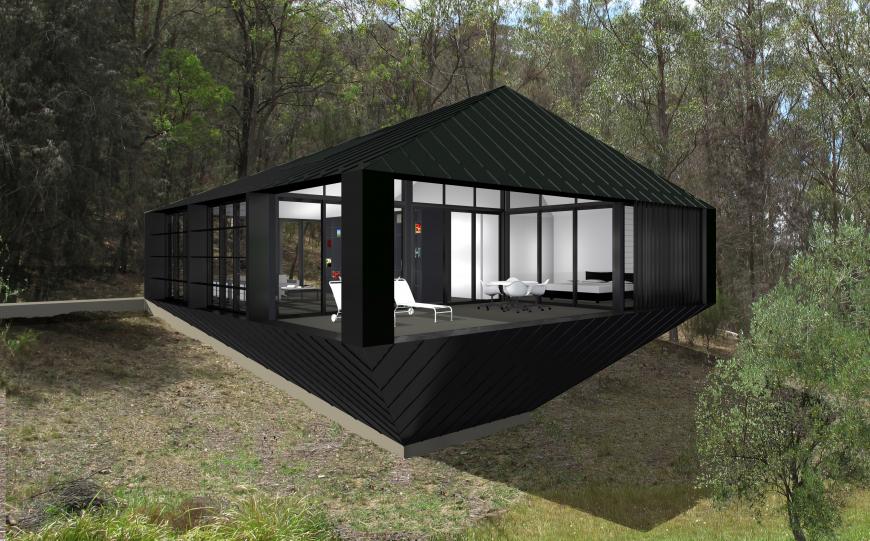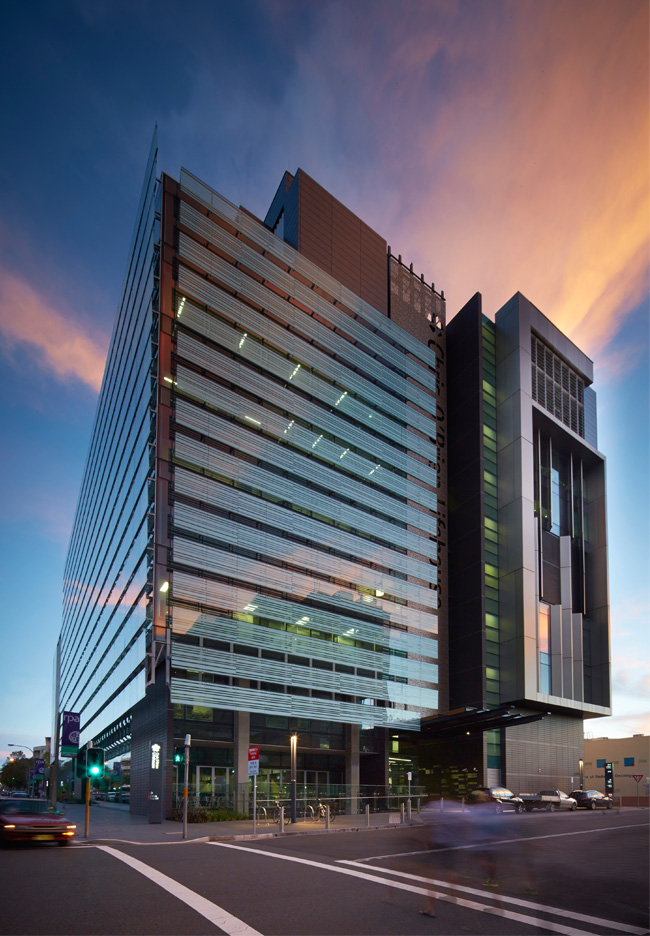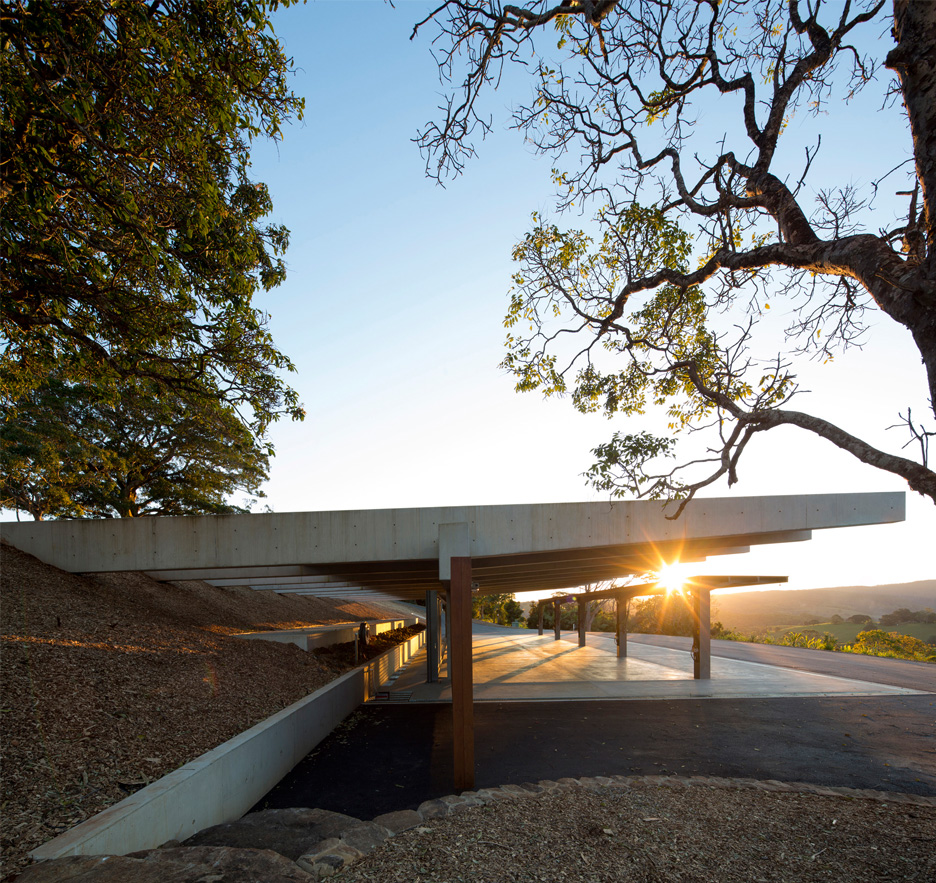
Australian winning practices and projects at WAF 2014
Share
Above image: National Arboretum Canberra project by Taylor Cullity Lethlean and Tonkin Zulaikha Greer
We take a look at the five Australian practices that won some of the most awaited awards at this year’s World Architecture Festival in Singapore.
One of the most prestigious global awards in the architectural industry – the Landscape Project of the Year Award – went to Taylor Cullity Lethlean and Tonkin Zulaikha Greer for their National Arboretum Canberra project.
The National Arboretum Canberra redefines the meaning of a public garden in the 21st Century. It comprises 100 forests of endangered tree species from around the world on a 250-hectare former fire ravaged site. Growing out of the very real issues of sustainability, biodiversity and public environmental concern, the National Arboretum is a strategy, a program and an ongoing event, not a design chiefly based on aesthetics.
Francis-Jones Morehen Thorp (FJMT) won the Office Award in the Completed Building category for its Liberty Place project.
Liberty Place is not a singular tower form but a rich interplay of three slender architectural forms inspired by the unique qualities of this wonderful Sydney city site. The development unites public, corporate and hospitality architecture into a cohesive environment. It is an amalgamation of five sites comprising of a Premium Grade forty-four storey commercial tower, a penthouse apartment, a heritage-listed building (Legion House) and a three storey office and retail building (167 Castlereagh street).
Liberty Place occupies a prominent site in Sydney’s Central Business Districts, with dual frontages to 161 Castlereagh street and 242 Pitt street. Collectively, it is an articulate assemblage of elements (ground plane, street walls, tower elements and landscape). The architectural forms create a dynamic public space and reinvigorates a previously run down mid-city area.
The project responds to the site’s inherent attributes at multiple levels: a carefully articulated assembly of elements (groundplane, streetwalls, tower element and landscape) create a unique architectural form, gathering a significant sequence of public open spaces and streetscapes into a cohesive whole.
Ian Moore Architects won the House Award in the Future Projects category for its the Olive Grove project.
Located on a rural property in the Hunter Valley, 2 hours drive north of Sydney, this house is sited on the lower slopes of a steep hillside and is approached from below through an Olive grove. First views of the house are of the underside of an elevated platform, which dictated special consideration be given to this fifth elevation.
Conceptually a perfect 12.3 metre x 12.3 metre square plan, divided into an asymmetrical pinwheel layout, reflected in the asymmetrical hipped roof. This roof has then been inverted to form a tapering base to the underside of the elevated platform. The tapered form and inclined steel structure meet the natural ground line to form the smallest possible footprint for the house on the slope. Housed within this tapered undercroft are a water storage tank, solar hot water tank, wastewater treatment system and a hot water heat recovery system.
Access to the house is via a flight of steps from an existing shed and along a path following the contour of the hillside, to an entry on the eastern, uphill side, opening to a living area across the northern face. A large deck to the northwest takes advantage of views up the valley while bedrooms and bathroom are ranged across the southern face. A freestanding black joinery unit at the centre of the house contains a small kitchen and laundry, with book shelving facing the living area. All spaces have asymmetrically pitched ceilings that follow the roof line.
The house has a prefabricated steel structure, allowing easy transport and erection on the remote site. Externally the house is clad in standing seam black aluminium sheet with vertical and horizontal sun shading louvres, while the interior is a simple white plasterboard shell.
Rice Daubney won the Health Award (from the Completed Buildings category) for the Chris O’Brien Lifehouse project.
Lifehouse represents the realisation of the late Professor Chris O Brien’s vision for the creation of an integrated cancer facility on the Royal Prince Alfred (RPA) Hospital campus. The facility aims to redefine the cancer patient experience and become a centre of excellence. This vision is about many things – a genuine patient focused facility, broad based holistic treatment in a world-class clinical environment with integrated research programmes. Parallel non-clinical therapies and facilities such as ‘The Living Room’ provide a unique patient experience. The facility serves both private and public patients – and functions as a NFP institution set on a public hospital campus.
Lifehouse forms a strong urban statement. Acknowledging the RPA campus rather than the street, the building will become the focus of a future research precinct planned for the hospital West Campus. The building and main entrance orientate to the main hospital campus and provide an activated yet secure edge to the public domain. Conceptually the building is experienced as enclosing but not introverted. The glazed façades filter and screen but do not block light – the vertical slot articulating the street façade provides glimpses of internal activity and circulation.
CHROFI won the Production Energy and Recycling Award (from the Completed Buildings category) for the Lune de Sang Sheds project.
Lune de Sang is a unique inter-generational venture that will see a significant former dairying property in northern NSW transformed into a sustainably harvested forest. The design is a close collaboration with our client, one bound in collective understanding of the site, landscape and time. The rainforest timber’s unhurried growth has influenced our approach for inserting architecture in the site with all the buildings being designed to respond to the notion of a 300 year lifecycle.
The structures, both for working and habitation, are to be endowed with a sense of permanence. They have been conceived as ruins in the landscape; ancient concrete and stone structures that have been unearthed and retrofitted for comfortable habitation with crisp glass and steel details.

